Digital monetary forms are rising in order to handle various issues, including the requirement for autonomy from the centralized monetary framework. Digital monetary forms are, in essence, electronic cash, which serves as alternative money.
People are creating advanced monetary standards and this should not be confused with the digitized framework of monetary standards issued by states. There are two primary categories of computerized monetary standards. Those utilized exclusively in a virtual economy of a stage or video diversion and those used within the genuine economy.
This exposition looks at the current category, and specifically cryptocoins, as the foremost broadly utilized digital monetary standards. As opposed to centralized advanced monetary forms, cryptocoins are decentralized, safe to transact, and, thus, more dependable.
Bitcoin and Other Cryptocurrencies
Cryptocoins have computerized monetary standards based on cryptographic technologies. They are somewhat mysterious and decentralized in production and circulation. It isn’t easy for somebody to interfere with their movement due to their peer design.
It is important to note that cryptography has a set of practices that ensure safe communication between two parties. In this way, cryptography guarantees the right circulation of cash. For instance, one may not spend the same set of monetary forms twice but there is the reliability of exchanges.
In addition, while cryptography ensures uniqueness of each exchange, it permits the logging of all exchanges in an open record. All crypto coins like Litecoin or Namecoin are based on many varieties, on the standards of the foremost widely utilized and distributable cryptographic digital currency.
The bitcoin profit trading app facilitates users in making high passive profits. Cryptocoins are planned in such a way as to have zero inflationary propensities.
Be that as it may, few cryptocoins, like PPCoin, are anticipated to have low appreciation rates. All cryptocoins are based on aliases, where the contracting parties communicate on the basis of reputation.
Unused cryptocoins, just like the Zerocoin, have been proposed as solutions for total anonymity. Satoshi Nakamoto, whose name is assumed to be a nom de plume, to begin with, presented Bitcoin in 2008 in a paper.
On January 11, 2009, the Bitcoin project was reported on the Cryptography mailing list and a prior a page was created on the source produce stage. Little is known on the status of the founder of Bitcoin whose association within the innovation ended in mid-2010.
It isn’t clear whether the currency’s author is a person or a group. Bitcoin is a fundamentally open-source program that bolsters the development of currencies. The software circumvents banks and empowers the circulation of elective cash by exploiting peer systems.
Rather than dispersing the cash through a centralized arrangement controlled by a central bank, Bitcoins are disseminated by hubs participating in a peer arrangement. As open-source software, the Bitcoin framework can be checked by all users worldwide.
Whereas members within the development can change its code, they cannot make changes that go beyond the rationale of its original design. All Bitcoin exchanges are recorded freely in a record known as the “blockchain”. According to the Bitcoin wiki, this highlight is the most innovative part of Bitcoin.
The work required for the certification of exchanges and the support of the record is done by computers taking part in a peer organization. They get new Bitcoins or, in a few cases, a charge.
The computers that accept to take an interest within the support of the framework are called “miners”. The Bitcoin protocol is planned in such a way as to form modern coins at a diminishing rate until the number of Bitcoins comes to a designated limit of 21 million units. After this point, the exchange expenses become the motivating force for mining.

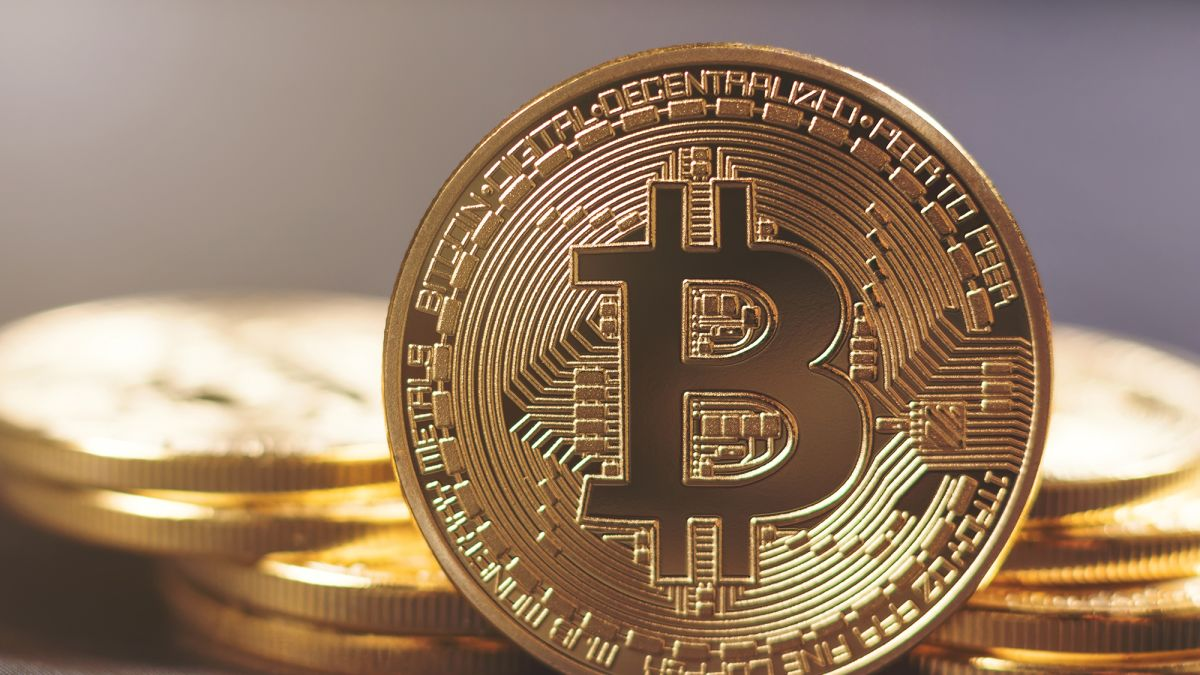


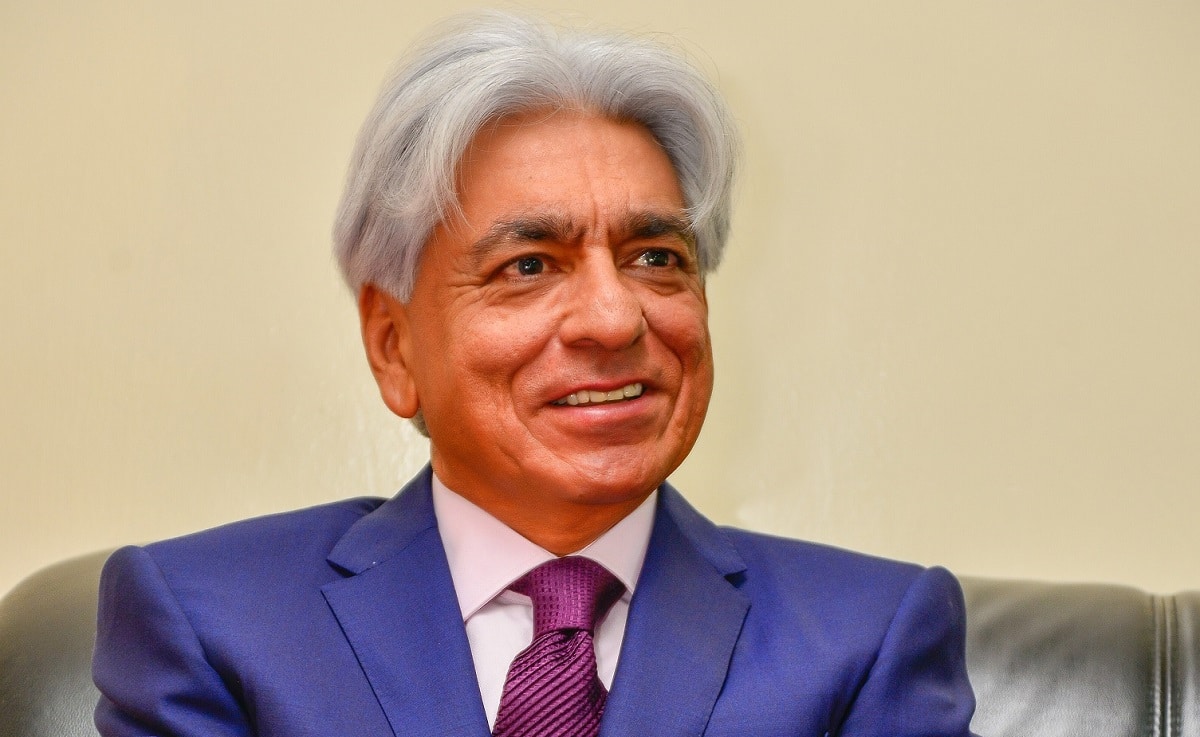
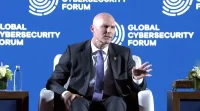




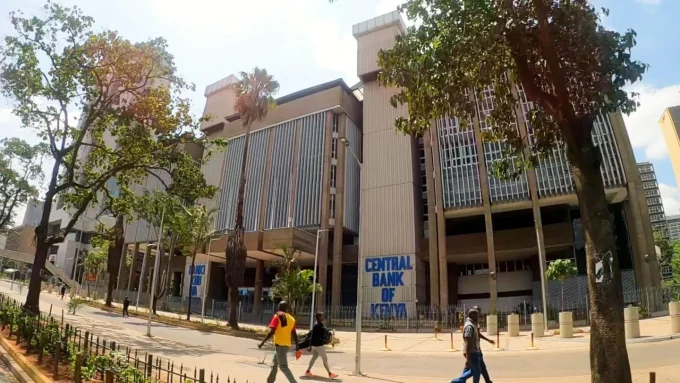

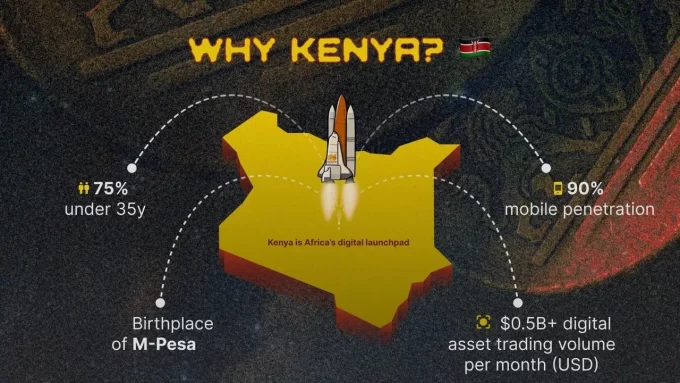
Leave a comment